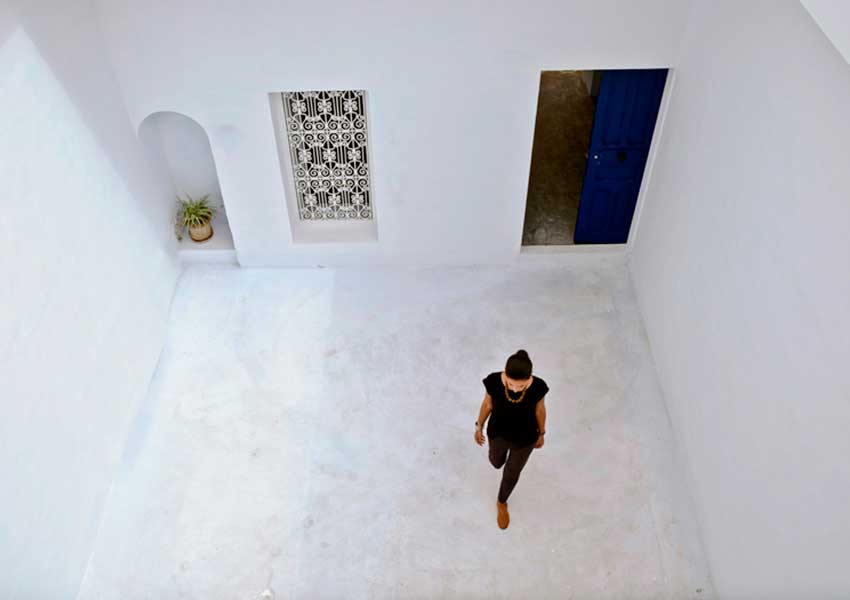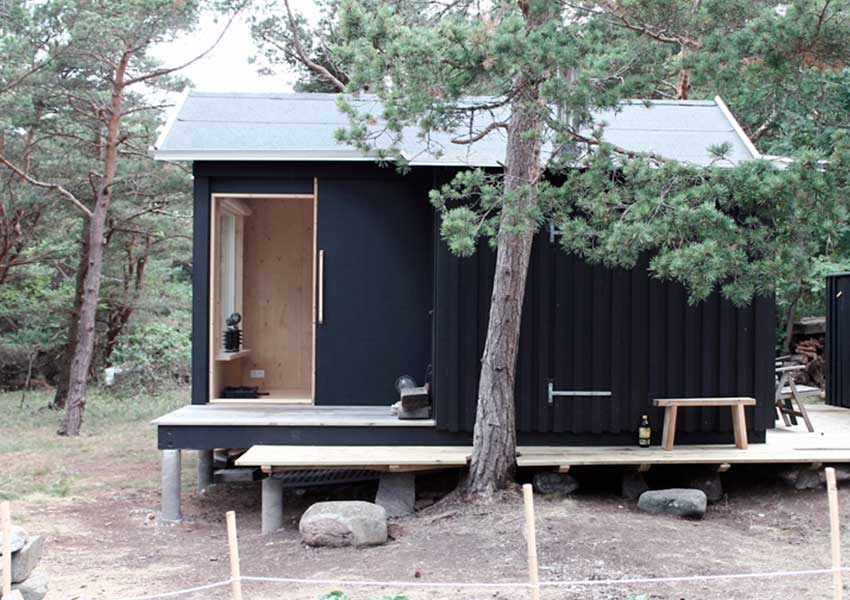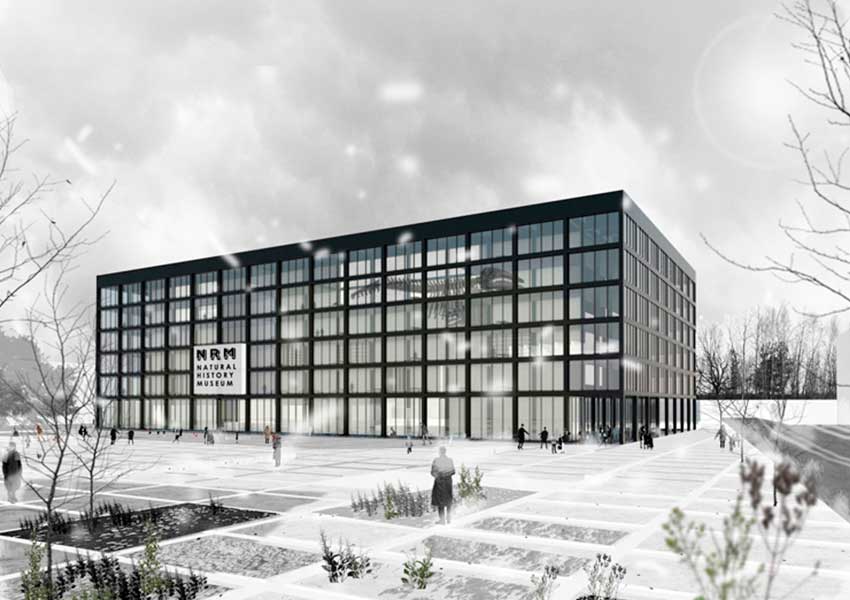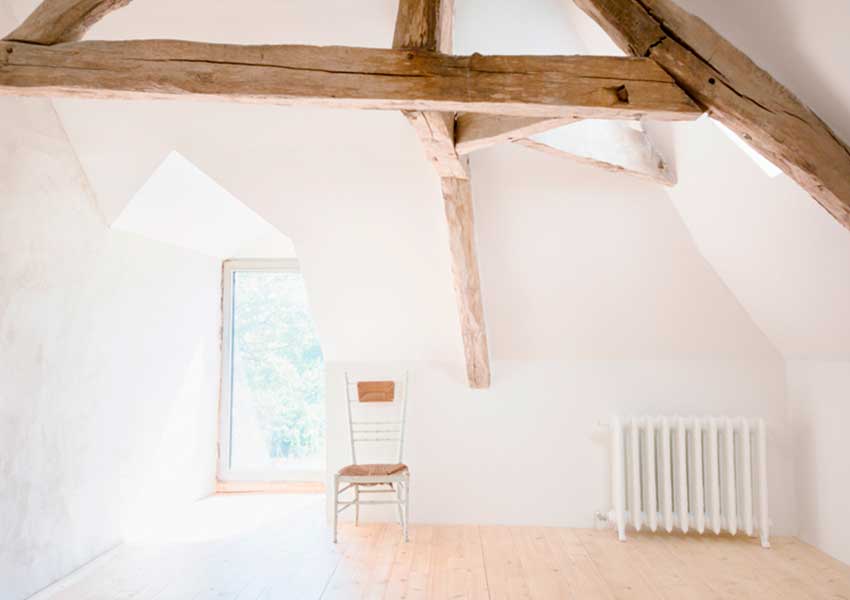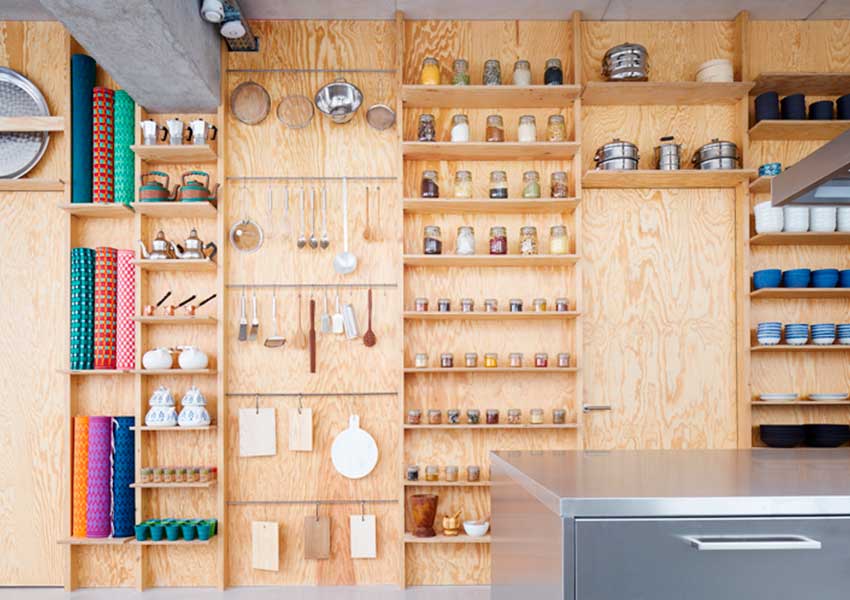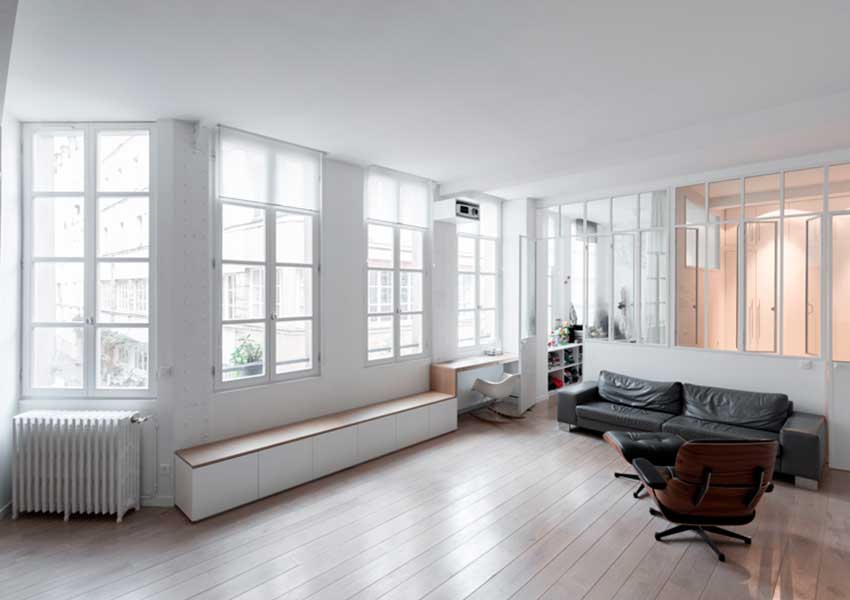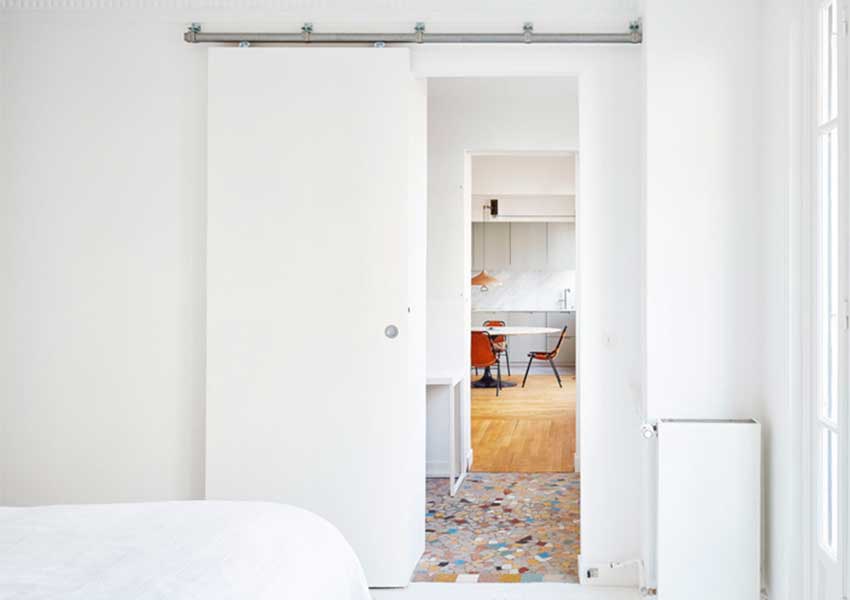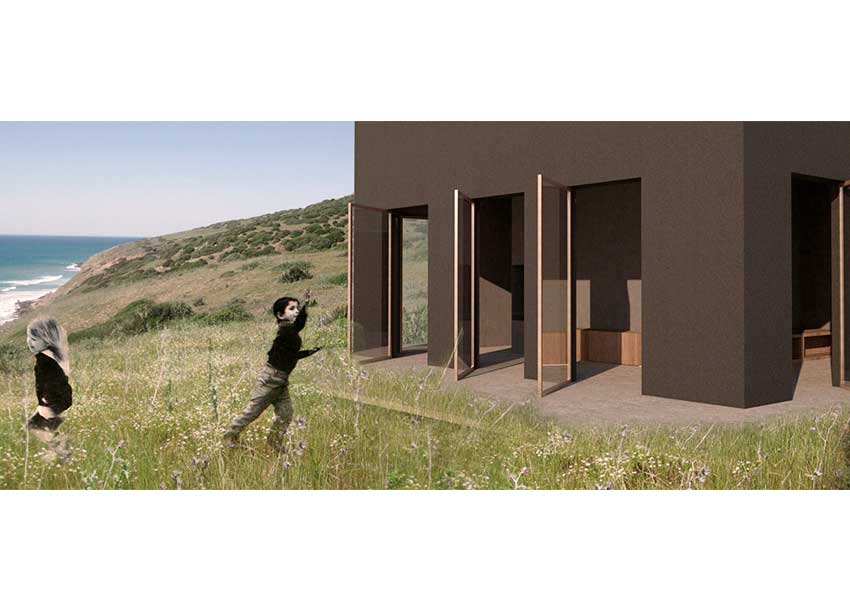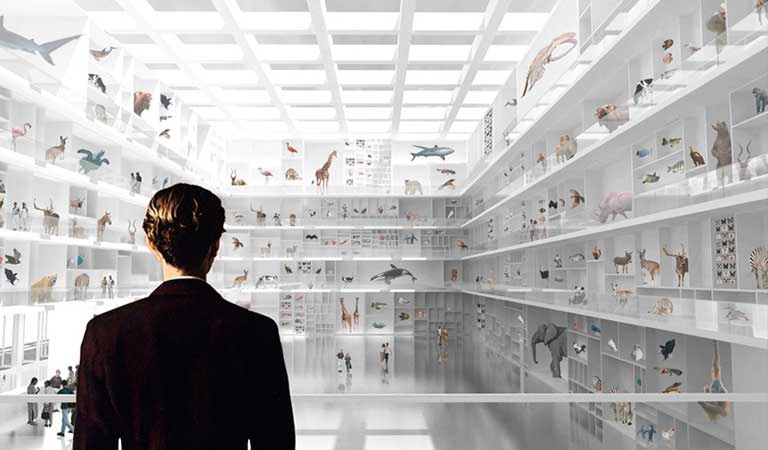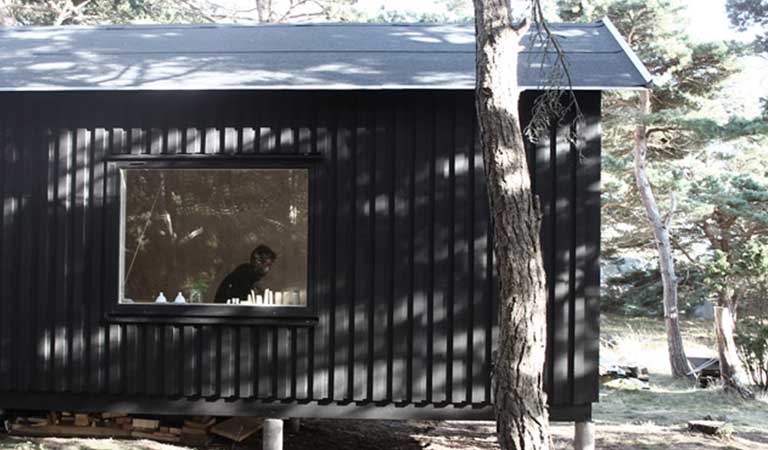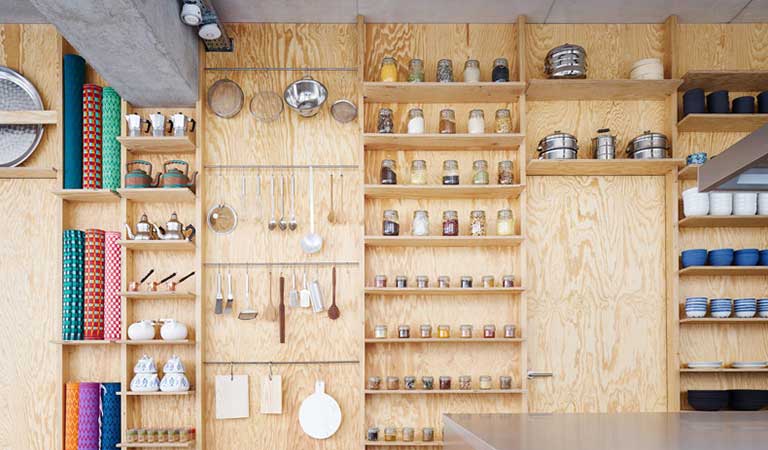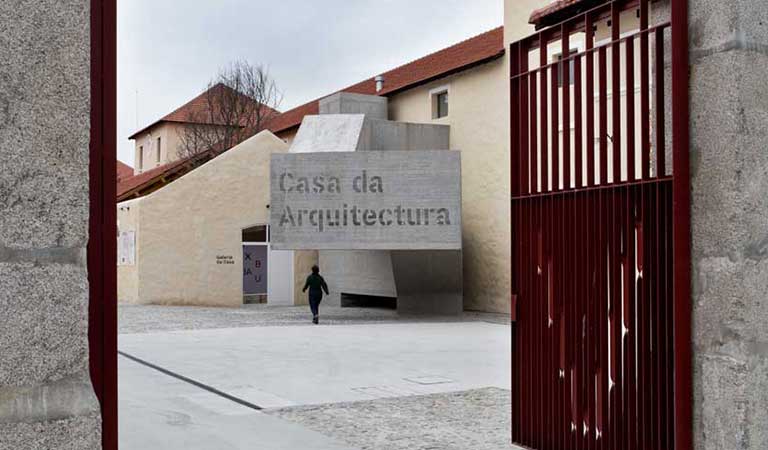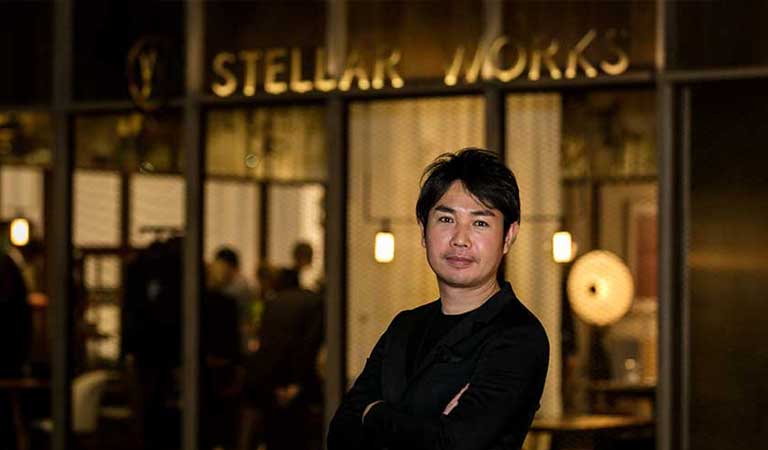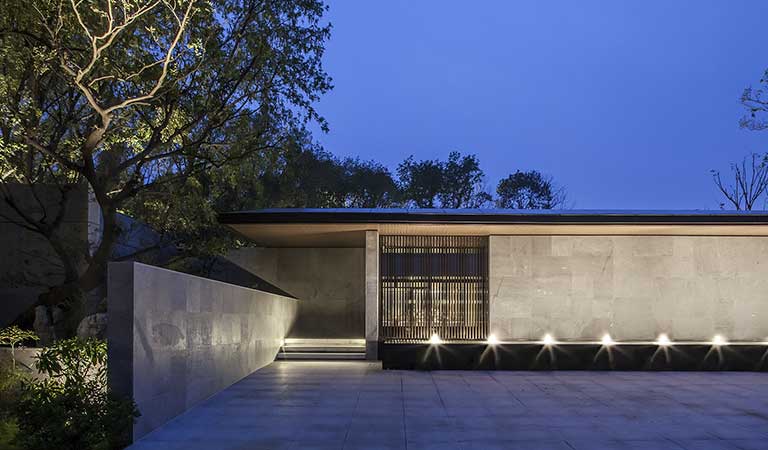Founded in 2010 in Paris, Septembre is a collective of architects from different backgrounds with complementary skills in architecture, urban planning, urban programming and interior design.
On our latest Skype talk, we go through their work and practise, described by two of the founding partners, Sami Aloulou and Dounia Hamdouch.
— Office —
Sami Aloulou: It’s a collective made by different architects from different backgrounds. Myself (Sami Aloulou) I’m half tunisian half french, Dounia Hamdouch is half moroccan half german, Memia Belkaid is half tunisian half french, Emilia Jansson and Lina Lagerström are swedish.
As you can see is kind of a strange combination but apparently it works well. We all met in Paris and we’ve all worked in the same offices or studied in the same architecture school, and in 2010 we decided to start this experience together.
— Approach —
Sami Aloulou: One of the first things in our approach is that we really work as a workshop, it’s always a workshop, we have to be sitting around the table and put all the ideas that we have in mind on each project. It’s like a huge amount of information and contradiction that we have to solve. And it teaches us to make some deals, to make agreements.
Dounia Hamdouch: I think it’s really interesting because you question things, because when you’re alone you have the reflex to do always the same and have the same answers for each project. In this case it’s really nice because we have debates, we talk a lot and sometimes you just ask yourself “what do I really want to do by doing architecture, what’s my vision, what’s my point?”, you always question yourself.
Sami Aloulou: And the layer of our origins makes it even more interesting because, we have like this approach - even though like we worked in France, all together in Paris - but sometimes this old things that emerge you know, like “ok the tunisian me is speaking now!” and the swedish her is speaking now. And you can see such a different approach, such a different culture, which makes it very very interesting.
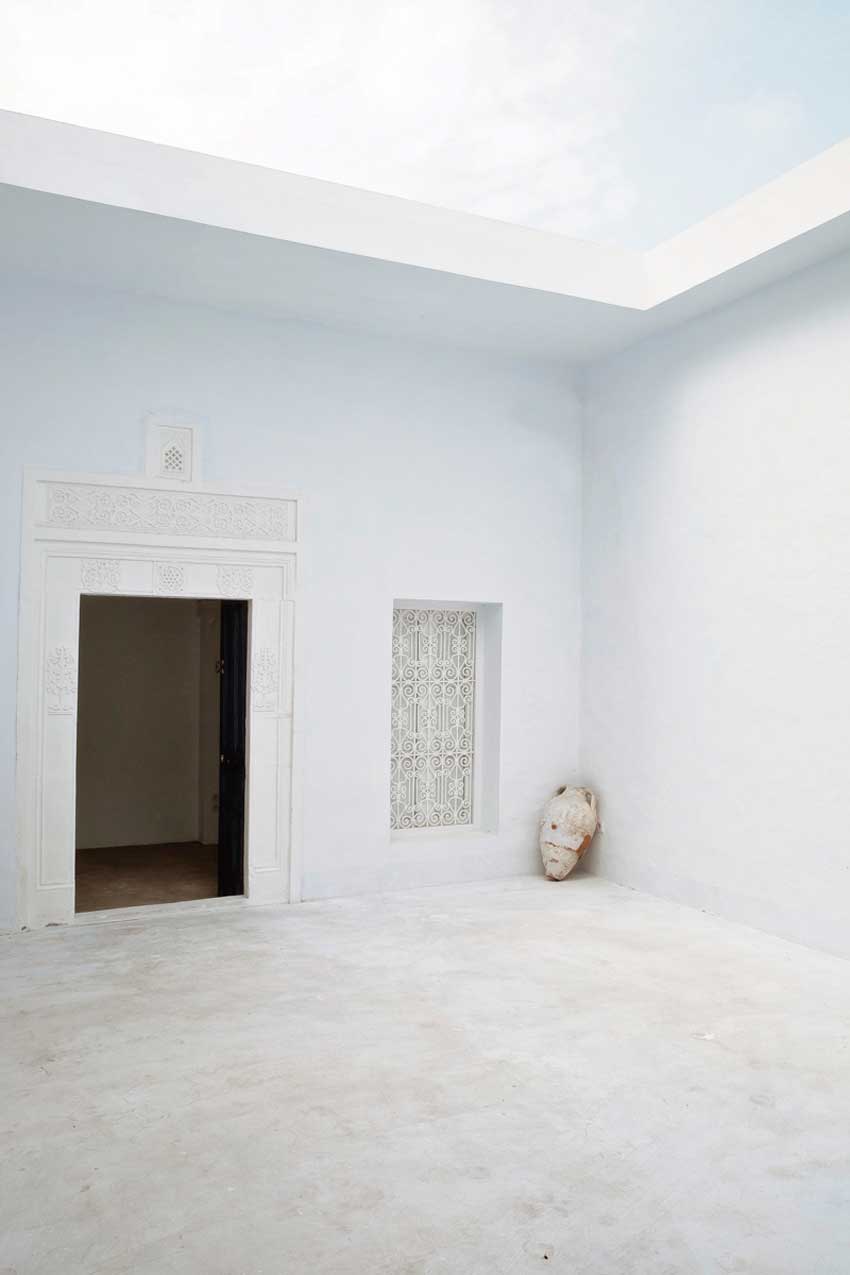
Dar Mim house - © Sophia Baraket
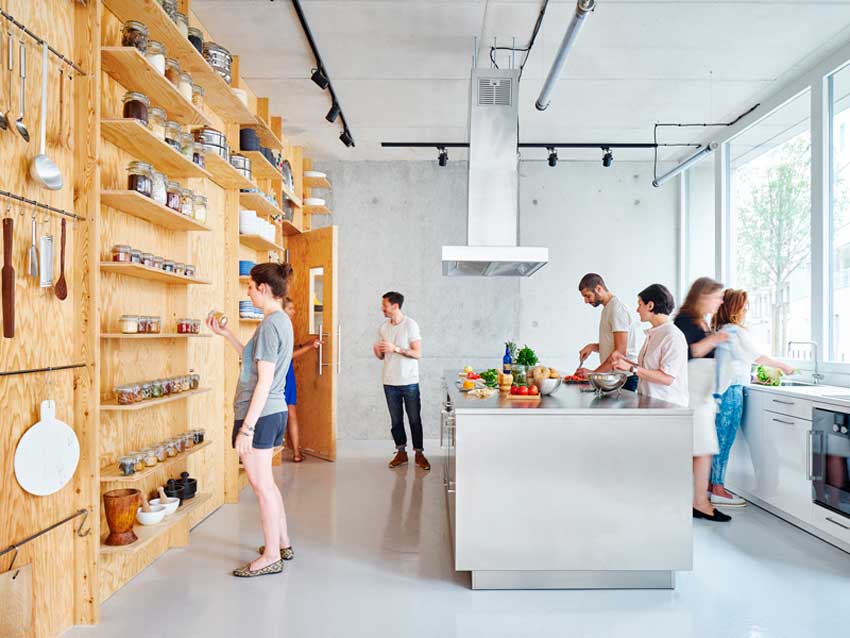
Kialatok - © David Foessel
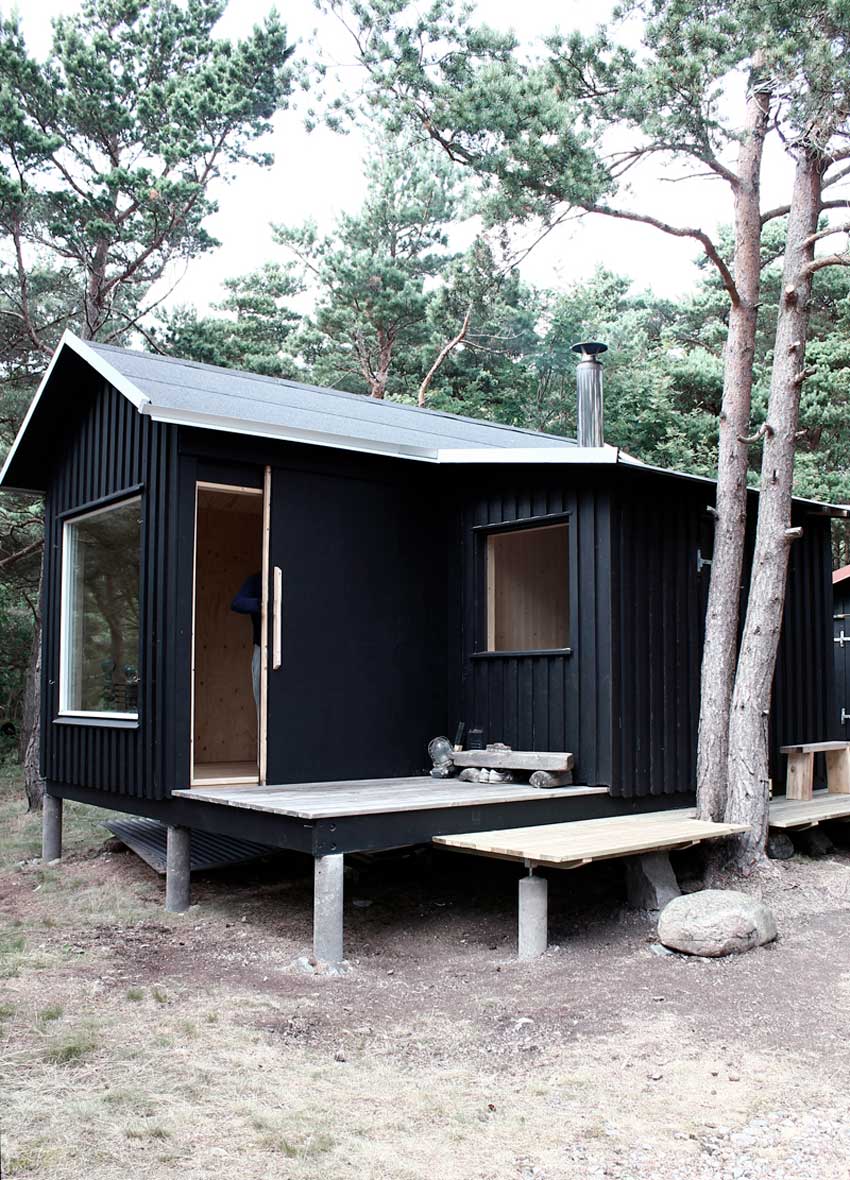
Ermitage - © Alphonse Sarthout & Lina Lagerström
— Clients —
Sami Aloulou: Maybe it’s too naif to say that, but we try to make the client a kind of new partner, as if we were six.
Dounia Hamdouch: It’s an actor.
Sami Aloulou: We really consider him as an actor. And that’s why we always work with a scenario. We don’t want this vertical approach to architecture, like “ok we have this idea and it has to come to this point, and you have to accept it, and we’ll see how to make it”. I think we always go to the client with this approach saying “there’s not one answer, we have different answers”, and we always put some possibilities so the client feels he has a choice and he’s becoming an actor of the decision.
Dounia Hamdouch: We push the client in one direction because we think it would be better to go in that direction, but we don’t come as “we know, we have the answer”, because we don’t know actually. So we need this interaction with the client and this discussions to precise the idea and to know where we are going.
Sami Aloulou: I really think that the best architect is the one who is aware of his “un-knowledge”, of his absence of knowledge… You have to accept the things that you don’t know.
— Context —
Sami Aloulou: We always make a long and deep observation of the context, as a collection of different layers that we observe. the physical layer, the landscape, the social layer, the uses, we give a lot of attention to the uses.
Dounia Hamdouch: The local uses. I think that the places where the projects are and the local thing, is very important for us. We couldn’t have the same project or have the same ideas everywhere. It’s a common thing, but we really want to catch the particularities of a place and of the uses of this place, and try to reveal them even with small things even with details, to reveal them in our projects. I think that’s a really important thing in our approach too.
Sami Aloulou: We also try to reproduce the feelings that we had when we visited the site. Like what we really felt, we want to feel the same magic when we do a project. It’s like “this sound, I like the sound of the wind” for instance and we have to keep this wind blowing we don’t have to stop it. This kind of thing.
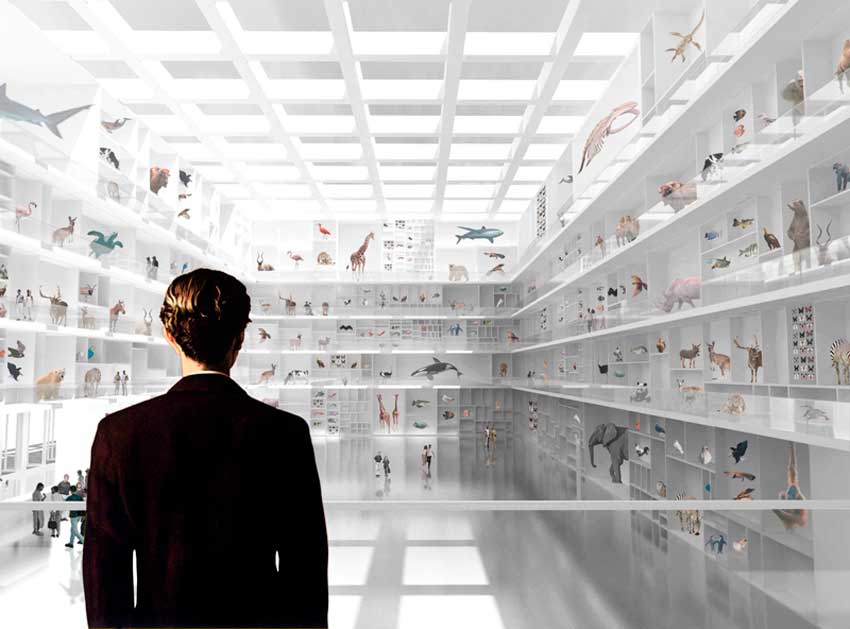
Wunderkammer - © Septembre
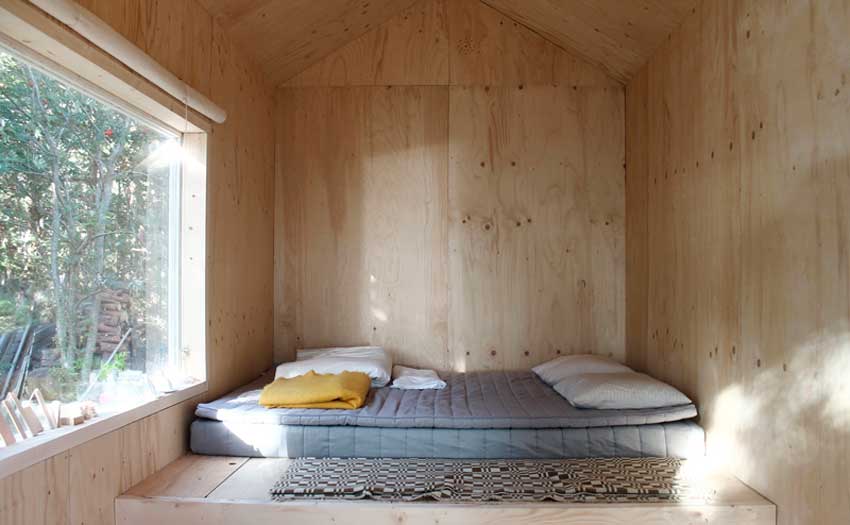
Ermitage - © Alphonse Sarthout & Lina Lagerström
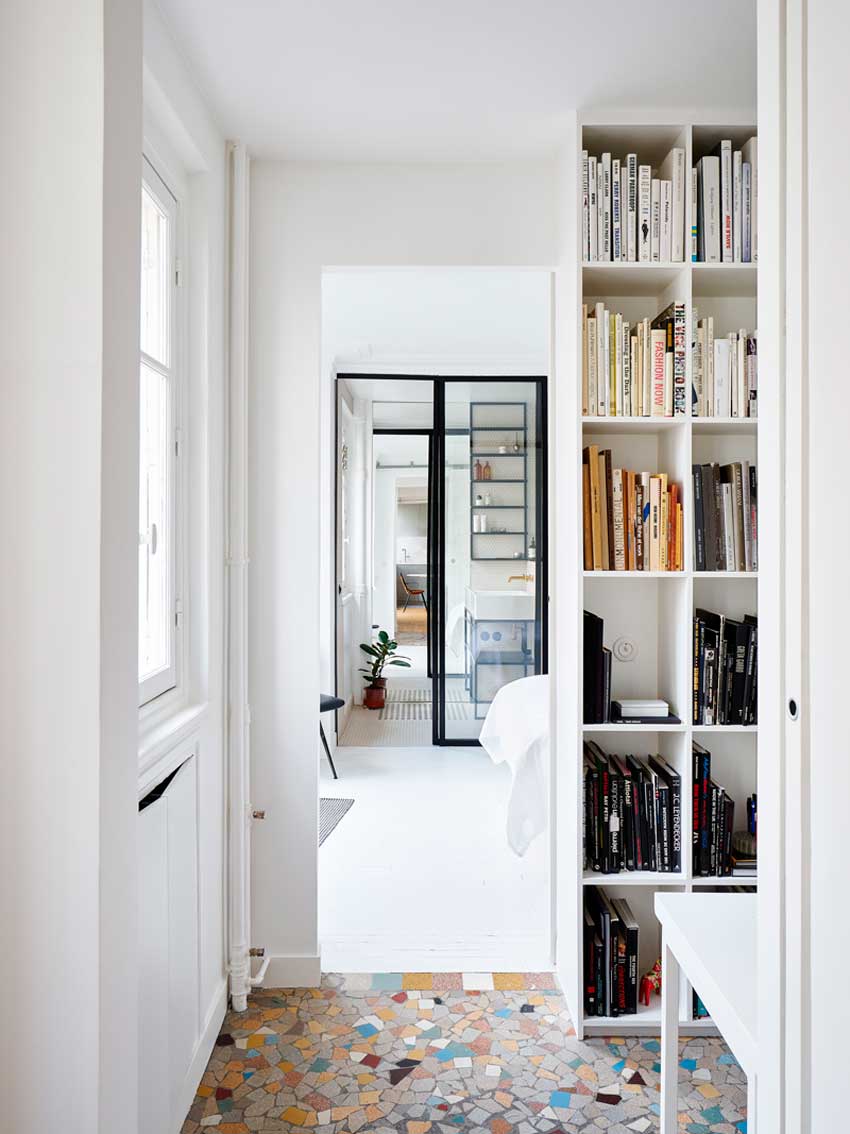
Hubert - © Septembre
— Architecture in France —
Sami Aloulou: Since i’ve been studying i think we are the children of the crisis. I mean it’s always been said to us “it was better yesterday and now it’s the crisis”. It’s true I always lived under the crisis climate, specially in architecture.
In France you can feel that the role of the architect is less and less respected. Of course we have a lot of auto-criticism and we forget that we had 3 french pritzker prize in the last 20 years, so everything is not that black.
As we now experience to work here in France, something that I feel, is that the role of the architect is less considered.
Dounia Hamdouch: I think there’s less confidence in young people, and less place for young people to start.
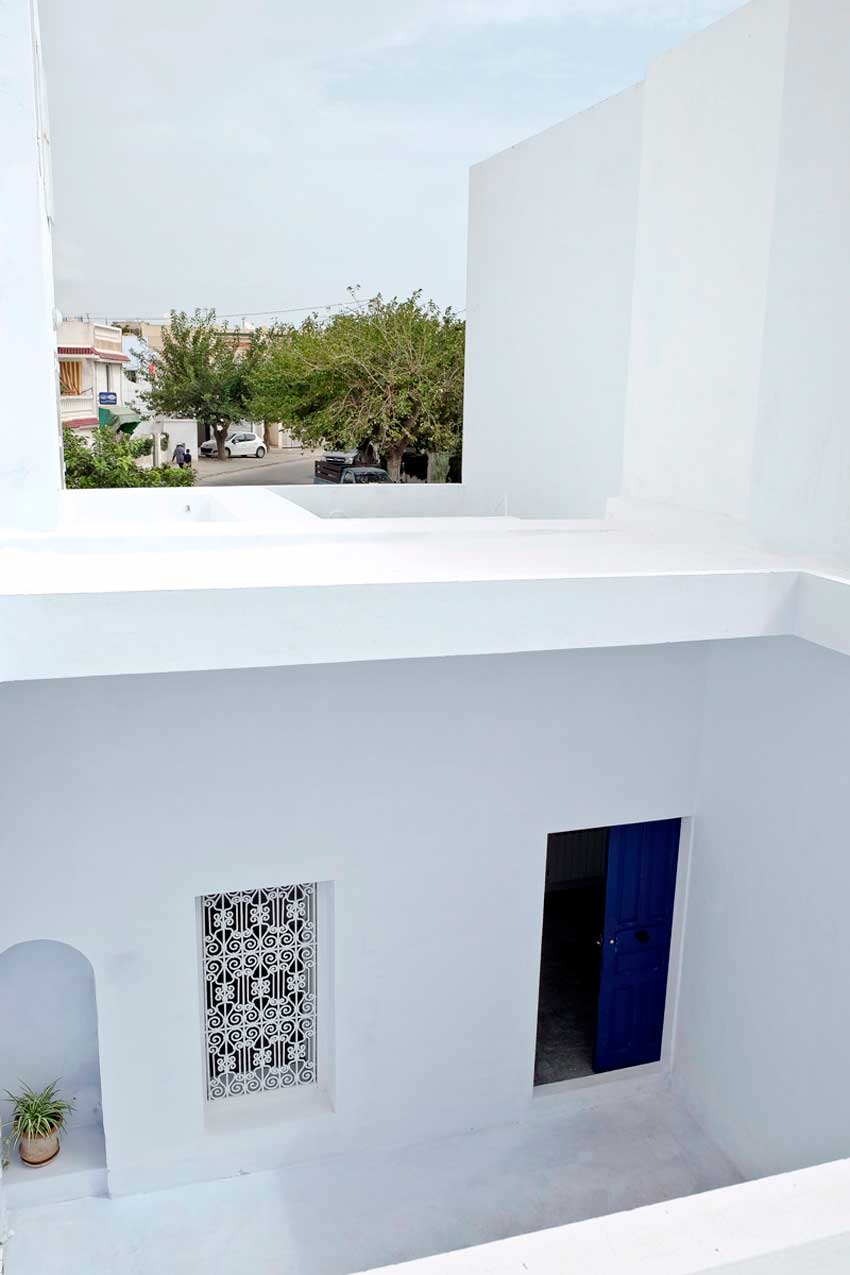
Dar Mim house - © Sophia Baraket
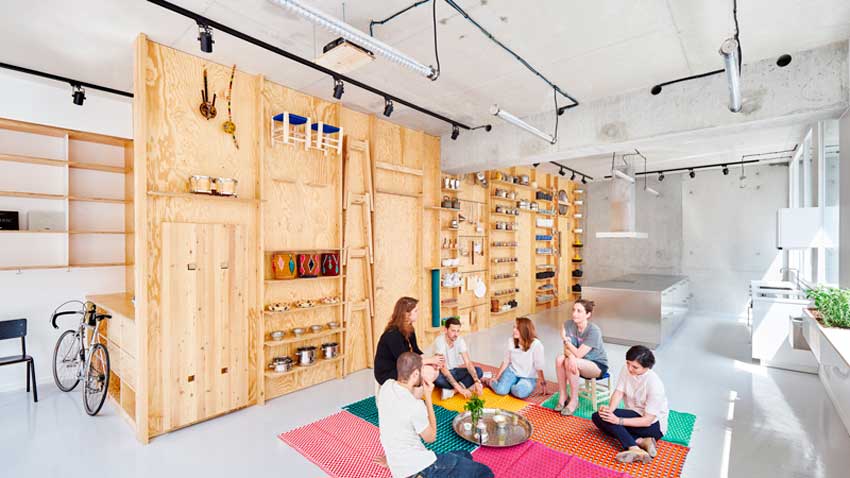
Kialatok - © David Foessel
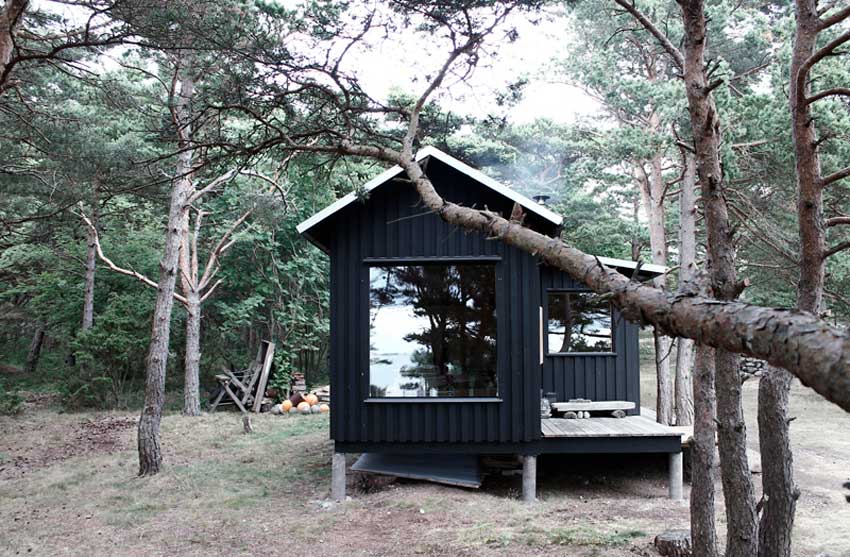
Ermitage - © Alphonse Sarthout & Lina Lagerström
